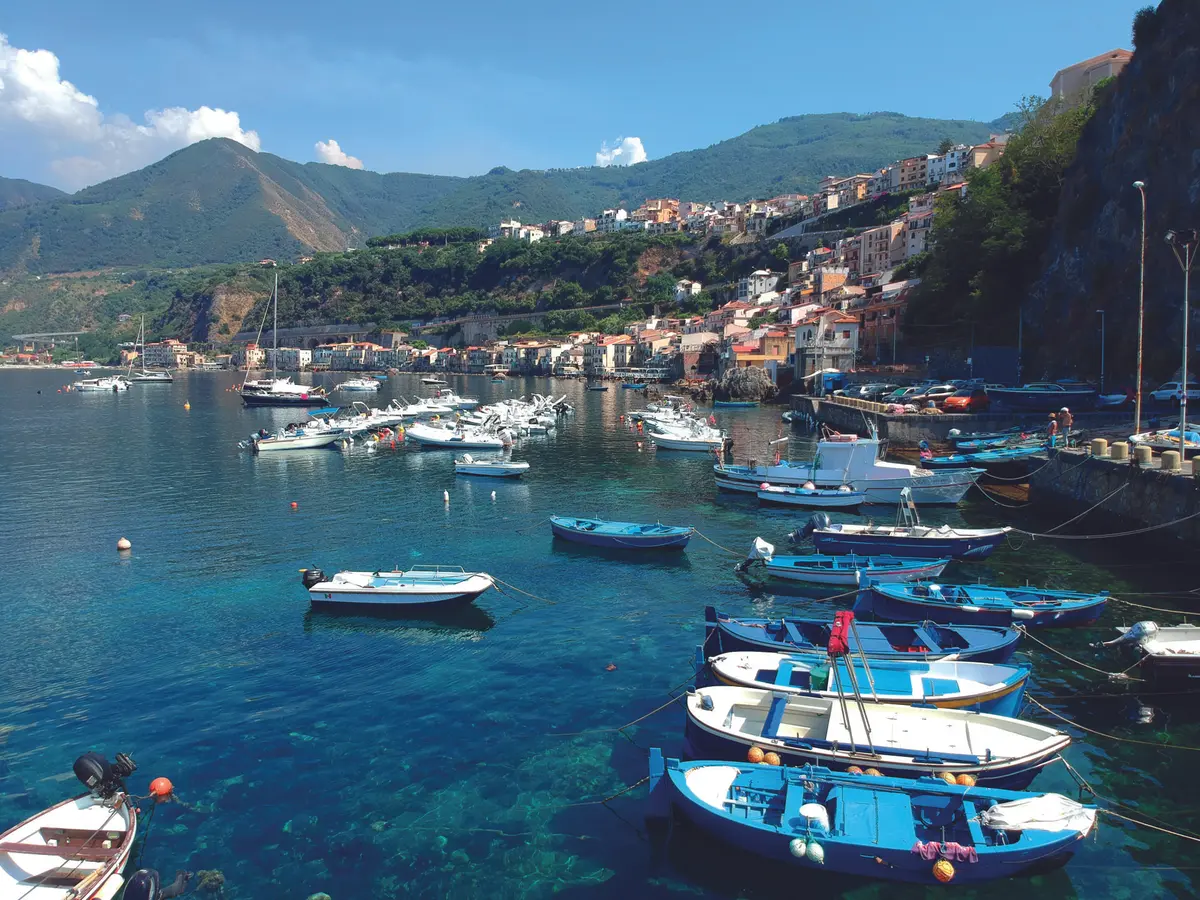Tour of the Costa Viola in Calabria
Itinerary on the Costa Viola, from sunsets over the Straits to swordfish fishing

Naturalistic
Regione Calabria
Travel information
Category
Naturalistic
Target
For all
The last southern stretch of Tyrrhenian Calabria, in the province of Reggio Calabria, is known as the Costa Viola because of a peculiar seaweed that, especially at sunset, tinges the surface of the water with violet hues, providing an unprecedented spectacle.
A magical place, criss-crossed by myths and legends (Scylla and Charybdis, Colapesce, etc.), the Costa Viola is the stretch of sea overlooking the Strait of Messina, where the so-called "Morgana Effect", named after the enchantress fairy, occurs. What does it consist of? On the clearest days, the shores of Calabria and Sicily are so clearly reflected on the surface of the sea that they seem to touch.
The resorts of the Costa Viola are historically devoted to tuna and swordfish fishing, a very ancient activity linked to rituals, songs and superstitions that have always fascinated artists and filmmakers, such as the director Vittorio De Seta, who documented it in a film entitled Lu tempu di li pisci spata (1954), on board typical fishing boats (spatàre, feluche and palmitàre).
From here, you can embark for Sicily and the Aeolian Islands on hydrofoils and ferries (port of Villa San Giovanni and Reggio Calabria), or you can stop off at smaller marinas, such as Palmi, during a beautiful sailing tour of Calabria.

Palmi

Seminara
Bagnara Calabra




